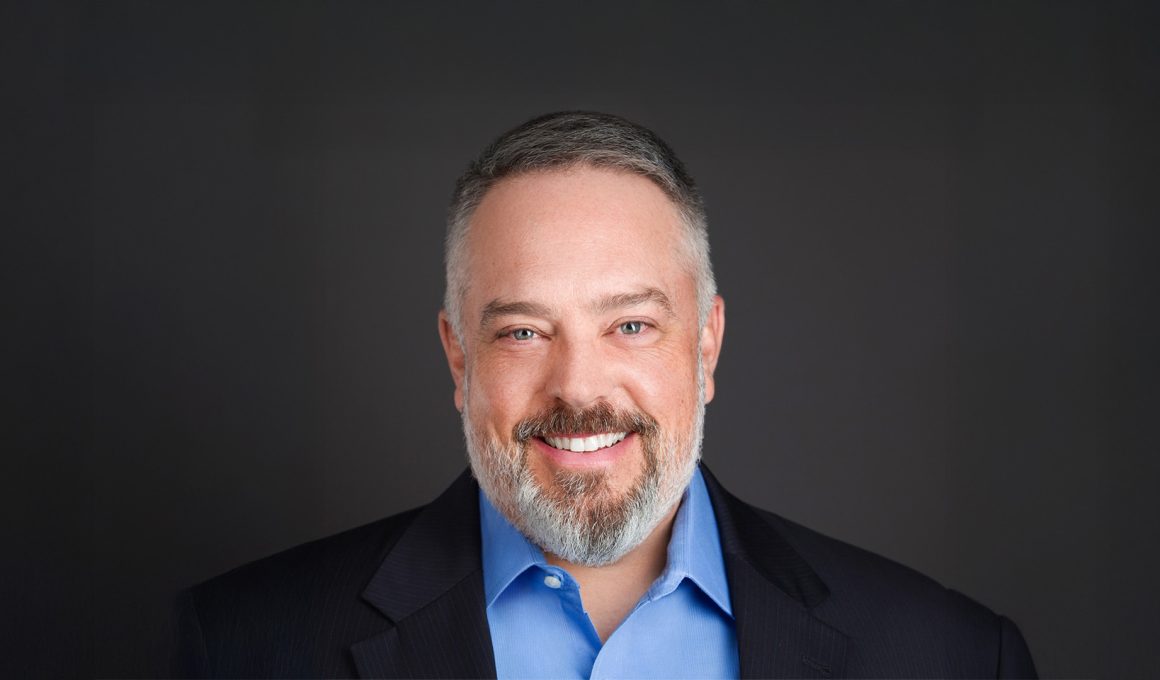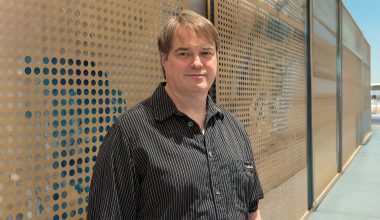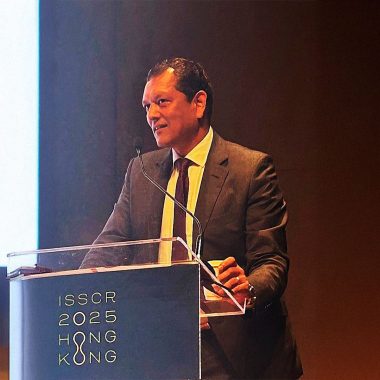Across global healthcare markets, diagnostics now play a pivotal role in shaping not only detection but the full continuum of care. These tools can reveal pathways to better treatment, faster intervention, and more personalized outcomes for patients. While demand for more innovative diagnostics continues to rise, achieving commercial traction requires deep insight into clinical realities and how they intersect with market forces, regulatory environments, and patient needs.
A diagnostic’s value is only realized when it clearly solves a defined clinical problem within its specific environment. In other words, the effectiveness of a test depends on how well it identifies a meaningful medical need, fits into existing workflows, and delivers actionable insights that improve patient care.
“Unless you really understand the problem, it’s going to be very difficult to launch a product successfully in those marketplaces,” says Raymond Tarr, CEO of Sagacity Diagnostics.
With more than 25 years leading commercialization strategy across global diagnostics and biopharma mission-driven diagnostics companies, he has witnessed firsthand how market understanding, local collaboration, and adaptable strategy determine whether innovations reach the patients they’re designed to serve.
Learning the Market Before the Message
Raymond traces his foundational lesson in commercial strategy back to his very first sales call. As a young salesperson at Cepheid, confident in his technical expertise, he visited a Stanford clinician prepared to showcase the capabilities of his diagnostic platform. The meeting did not go as planned.
“I thought I knew everything there was to know about my technology,” he recalls. “But within about five seconds, Dr. Ellen Jo Barron dismantled my entire value proposition.” Instead of dismissing him, she invited him to spend a day in her laboratory observing how diagnostics were actually used. That experience reshaped his perspective on commercialization.
“It taught me that understanding the workflow, the pain points, and how your solution fits into a clinician’s world is more important than your technical knowledge alone,” he says. That early insight became a guiding principle throughout his career, from leading market growth at AstraZeneca and Alexion Pharmaceuticals to scaling international teams at Cepheid.
Every Market Is a Snowflake
Nearly two decades on from that formative conversation with Dr. Barron and with more than 25 years of global experience, Raymond has learned that successfully expanding diagnostics worldwide requires both humility and precision. “Every market’s a snowflake,” he says. “There are rarely ever two marketplaces that are similar enough to apply a broad strategy.”
A commercialization plan that succeeds in the United States can falter in Germany, Japan, or Spain if companies assume uniformity in healthcare systems, payer expectations, or clinical adoption pathways. For example, regulatory shifts, political changes, or payer dynamics can transform the commercial landscape overnight. “Flexibility is key to being successful in the current global space,” he says. “You have to stay ahead of regulatory and policy changes, while aligning clinical value with payer expectations in each market.”
Raymond points to recent debates around the FDA’s oversight of lab-developed tests as an example. “At one point, there was a real threat that these tests could have gone away,” he says. “That would have eliminated the ability to diagnose many rare diseases.” For Sagacity Diagnostics and its partners, anticipating such shifts is part of strategic readiness.
Three Foundations for Global Scale
When asked what it takes to scale a diagnostic innovation globally, Raymond outlines three imperatives:strategic rationale, local partnerships, and risk mitigation.
- Define a clear market opportunity and strategic rationale. “Why are you entering that market? Is it for growth, or is it complementary to another product? Understanding your purpose determines how you invest your resources,” he says.
- Build trusted local relationships. “I’m a firm believer in leveraging the knowledge of others to build your strategy and launch plans,” he says. “Partner with local health systems, clinicians, and even other biopharma companies. It’s all about the patient. If we keep that piece in check, we’re in a winning position.”
- Assess risks through the lens of technology evolution. “With the speed at which AI is moving, you have to analyze whether your product fills a current need and whether it will still be relevant in a few years,” Raymond adds. “That kind of forward-looking risk assessment is critical for sustainable growth.”
The Promise and Pressure of Artificial Intelligence
Artificial intelligence serves as both a catalyst and a challenge for diagnostics commercialization. On one hand, the industry now has access to advanced technologies innovation teams once only imagined, such as digital pathology, which enables remote review, faster turnaround times, and AI-driven analytics, which revolutionize how laboratories interpret vast data sets, improving precision and efficiency.
On the other hand, Raymond cautions that enthusiasm must be tempered by practical constraints. “AI adoption faces real hurdles such as scalability, data security, and payer justification among them,” he says. “In rare disease, for example, it’s difficult to justify the cost of an AI model to a health system, that when healthy is operating at a 2% margin, for a very small patient population.”
Redefining Commercial Strategy Around Patient Impact
At Sagacity Diagnostics, Raymond’s philosophy centers on connection between technology and care and between innovation and access. The company is building collaborative ecosystems that unite industry, clinicians, and technology innovators. The goal is not only to shorten the path to diagnosis but to ensure that each step serves measurable outcomes for patients.
“Diagnostics should not only detect disease but define the path to better care,” Raymond says. “The future of healthcare will depend on those willing to reimagine what’s possible.”
For more insights from Raymond Tarr, visit his LinkedIn or explore Sagacity Diagnostics’ website.




